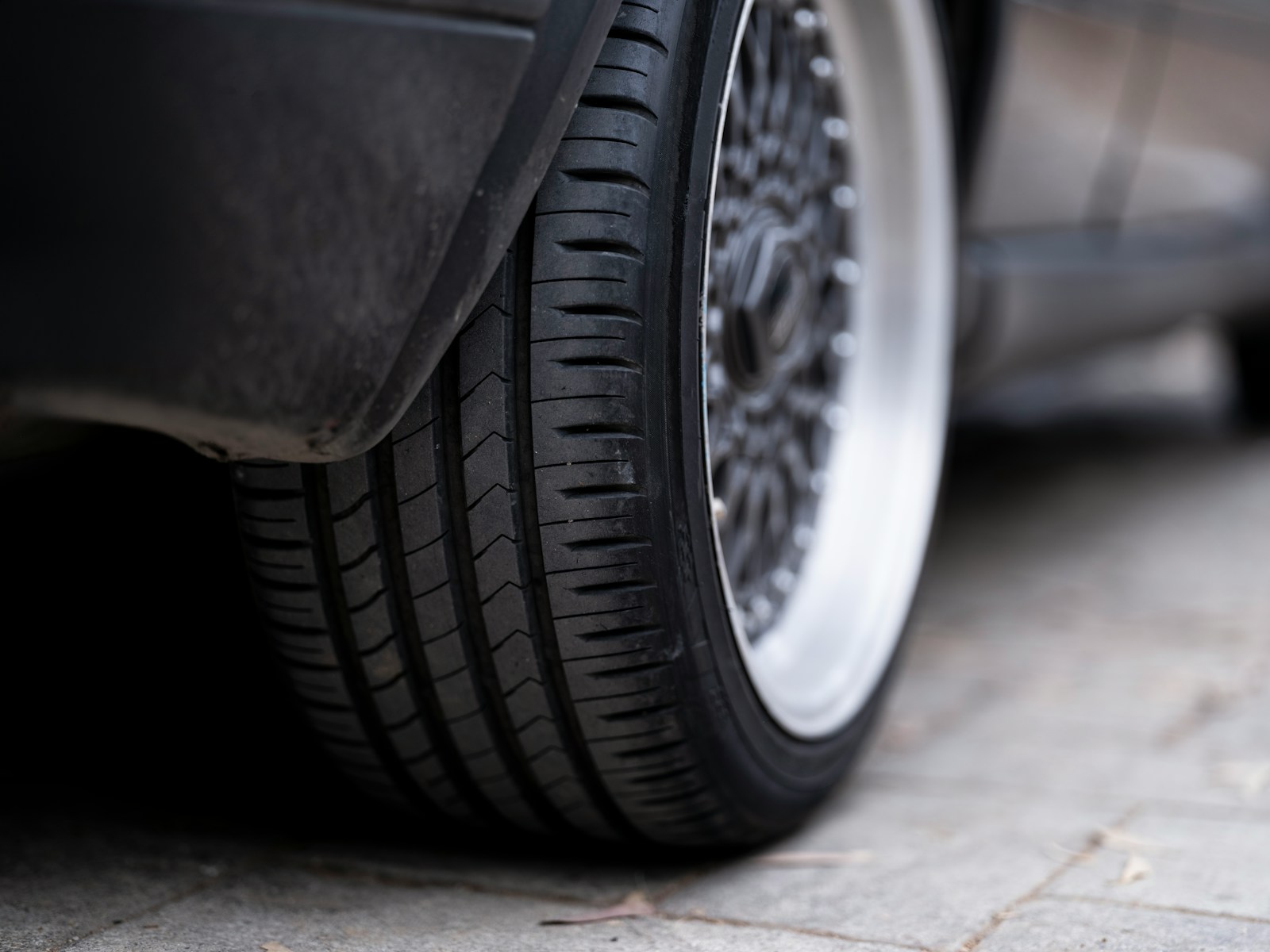Tire Pressure Monitoring Systems (TPMS) are no longer just a high-end luxury add-on—they’re widely available as aftermarket kits that promise real safety benefits, fuel savings, and longer tire life. But are they really worth the money?
If your car didn’t come with TPMS from the factory—or your OEM sensors are malfunctioning—you’ve likely seen $40–$150 TPMS kits online. This guide breaks down whether they’re a smart investment, which kits are most accurate, and how they tie into broader car maintenance.

🛞 What Is a TPMS?
A TPMS alerts you when tire pressure drops below a safe level, helping prevent:
- Blowouts
- Uneven tire wear
- Reduced fuel economy
- Poor handling
There are two types of systems:
- Direct TPMS: Sensors inside each tire that read pressure.
- Indirect TPMS: Uses your ABS to estimate tire pressure through rotation speed.
Most aftermarket kits use external or internal direct TPMS sensors and a display screen or app to deliver real-time updates.
💸 Is Aftermarket TPMS Worth It?

Here’s what you gain for a ~$50–$120 investment:
✔️ Improved Safety
Low tire pressure is a leading cause of blowouts. TPMS gives a real-time alert so you can act before things go south.
✔️ Better MPG
Under-inflated tires = more rolling resistance = higher fuel consumption. A TPMS can help you optimize tire pressure consistently.
✔️ Extended Tire Life
Driving on low tires wears them unevenly and prematurely. With TPMS, you’re more likely to keep all 4 in good shape longer.
✔️ Peace of Mind
Especially for longer commutes, new drivers, or anyone with a used car, it removes guesswork and adds another layer of confidence.
🏆 Top 5 Budget TPMS Kits Under $120
1. Tymate M12-3X Solar TPMS
- Price: ~$70
- Type: External sensors
Pros:
- Solar-powered display = no cables
- Easy installation
- Audible and visual pressure alerts
Cons:
- External sensors are vulnerable to theft
- Slightly slower data refresh vs OEM
2. B-Qtech Wireless TPMS
- Price: ~$55
- Type: External sensors
Pros:
- Budget-friendly with 4 sensors included
- Customizable pressure alerts
Cons:
- Battery life varies by use
- Display is very basic
3. Vesafe TPMS Internal Sensors
- Price: ~$110
- Type: Internal sensors
Pros:
- More accurate and secure than external
- Strong signal and fast updates
Cons:
- Requires tire removal for install
- Higher initial labor cost
4. EEZTire T515 Wireless TPMS
- Price: ~$120
- Type: External (with option for 6 sensors)
Pros:
- Designed for larger vehicles or towing
- Excellent for RVs and SUVs
Cons:
- Pricier than others on this list
- Slight learning curve on screen settings
5. FOBO Tire Plus Bluetooth TPMS
- Price: ~$89
- Type: External, app-based
Pros:
- Works through smartphone app
- Real-time alerts even while parked
Cons:
- App can be buggy on some Android phones
- Doesn’t work well if phone Bluetooth is off
📊 Comparison Table
| Product | Price | Sensor Type | Installation | Power Source | Best For |
|---|---|---|---|---|---|
| Tymate M12-3X | ~$70 | External | DIY | Solar | Daily drivers |
| B-Qtech Wireless | ~$55 | External | DIY | Plug-in | Budget-conscious users |
| Vesafe Internal | ~$110 | Internal | Shop install | Battery | Accuracy-focused drivers |
| EEZTire T515 | ~$120 | External | DIY | Battery | RVs, trailers |
| FOBO Tire Plus | ~$89 | External | DIY | Bluetooth/App | Tech-savvy commuters |
🔧 TPMS and Tire Maintenance Go Hand in Hand
Installing a TPMS helps close the feedback loop on regular maintenance. Think of it as:
- A real-time check for your tire inflator or compressor
- A way to validate leaks or temperature-related PSI drops
- A reminder system so you don’t forget monthly tire checks
When paired with routine tire rotation, proper inflation habits, and seasonal inspections, TPMS helps extend tire lifespan by 15–20% according to industry studies.
💬 Final Verdict: Smart or Splurge?
For under $100, a TPMS kit adds:
- Real-time safety feedback
- Fuel savings potential
- Better maintenance habits
While factory-installed systems are more integrated, aftermarket kits are a no-brainer upgrade for cars without them or with aging OEM sensors. If your goal is safety and fuel economy without breaking the bank, TPMS kits are absolutely worth the money—especially in vehicles with long daily drives or older tires.
🔗 Related Reads to Link
- Best Tires for Wet and Dry Conditions
- How to Tell If Your Car Needs Alignment
- How to Get Better Gas Mileage
These internal articles build relevance and keep readers on your site as they consider tire-related purchases or upgrades.
❓FAQs
1. Can I install a TPMS myself?
Yes! External sensor kits are plug-and-play. Internal sensor kits require tire removal and professional install.
2. Do TPMS kits drain tire valve batteries fast?
External sensors usually last 12–24 months on battery power. Most alert you when it’s time to replace.
3. Will aftermarket TPMS kits trigger dashboard lights?
No. Aftermarket systems use independent displays or apps—they don’t communicate with your vehicle’s ECU.
Let’s Talk Cars
Have a question? A suggestion? Just want to say hi?
You’re in the right place.
Use the form below to reach out to the AutoSpecs Daily team. We're happy to hear from readers, car lovers, first-time buyers, and anyone who's got something to share.
What can you contact us about?
- Feedback on one of our articles
- Ideas for new topics you'd like us to cover
- Questions about cars, gear, or general auto advice
- Media, partnership, or brand inquiries
- Anything else that's on your mind
We check every message that comes through and do our best to respond within 2 to 3 business days.
We don’t list an email address here to avoid spam, but the contact form is the best and fastest way to reach us.
Thanks for stopping by. We're glad you're here.

